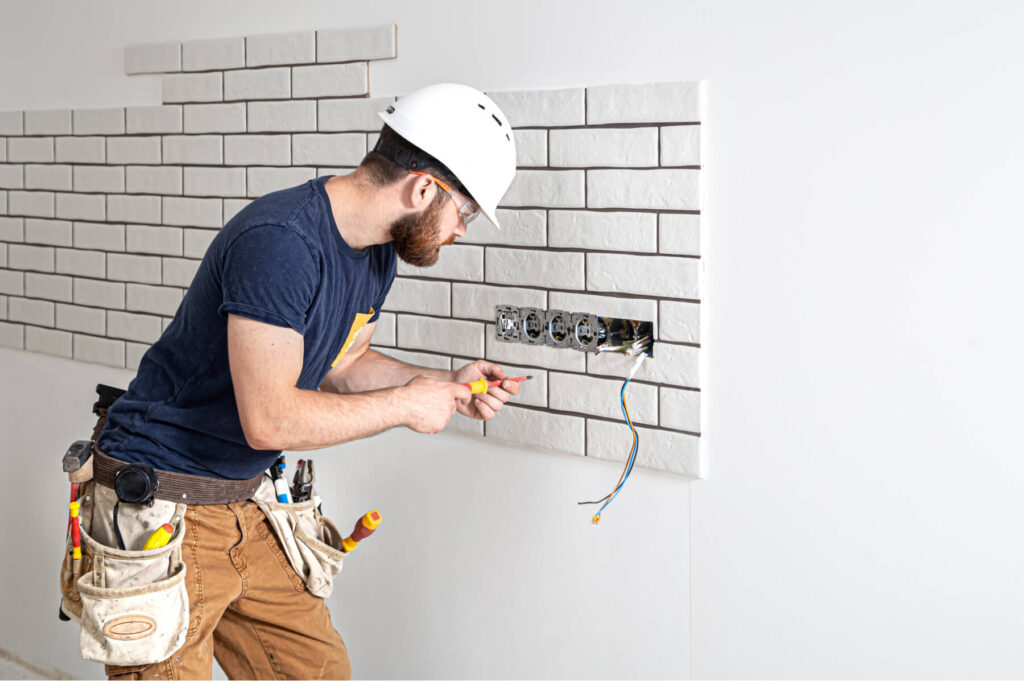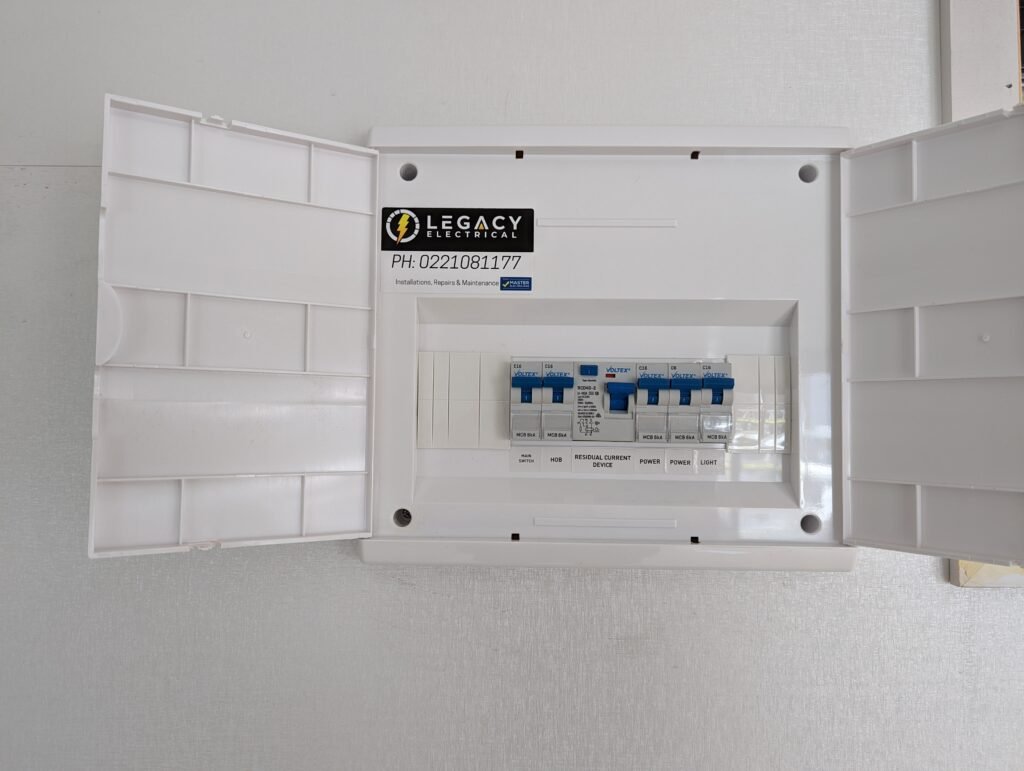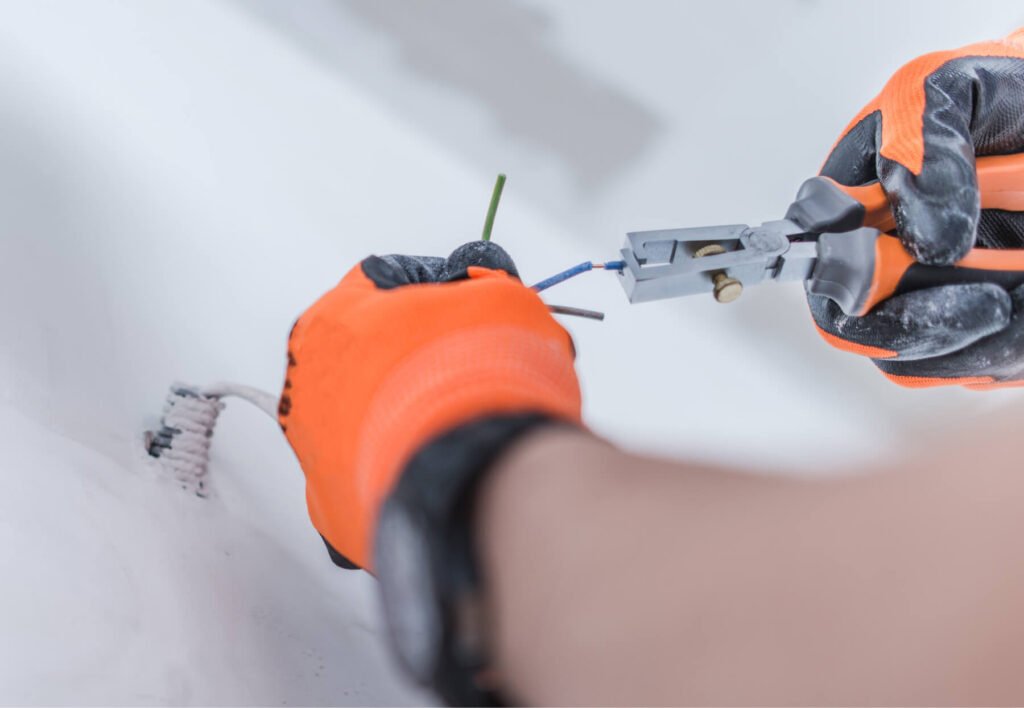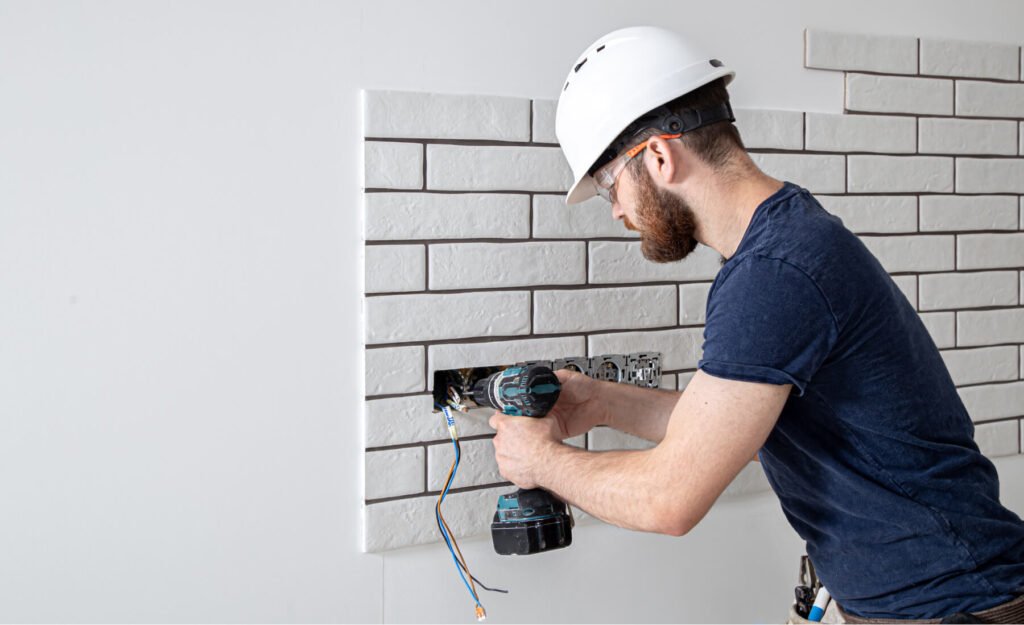Electrical work is dangerous for several reasons and should always be done with the utmost care. Electricians often use various safety measures and conduct electrical testing to protect themselves and others. While it is crucial, testing may sometimes be overlooked, which is not ideal. This particular story would surely explain why electrical testing is important.
On March 19th 2020, a builder was discovered dead by the homeowner who had hired him. He had been appointed to build a casing around a recently installed rangehood. Craig Johnston, age 53, was lying on the floor with his hands clenched and one shoe missing.
The newly installed rangehood was partially hanging off the wall. The cause of death was found to be heart failure caused by an electric shock. His right thumb had a burn mark indicating an electrical entry point.
The electrician who installed the rangehood was recently charged and sentenced. Although the incident happened in 2020, COVID-19 restrictions and lockdowns caused the court hearing to be delayed.
He was charged and found guilty under section 162C of the Electricity Act 1992 for failing to test adequately. He was sentenced to 8 months of home detention and ordered to pay 150k to the victim’s family. He is in the process of selling his boat to come up with the fund.

How did the incident happen?
In safety science, there’s something called the Swiss cheese model. The basic idea is that accidents are not caused by independent events but by a series of safety failures, enabling an accident to happen together. Each safety protocol is like a slice of Swiss cheese with holes— without other safeguards, accidents happen.
When multiple layers of Swiss cheese are combined, the holes in one level are covered by the holes in another, and accidents are prevented. But when two or more of these layers fail, then a tragedy can occur. When these safety systems are working properly, one failure is not enough to cause harm.
As electricians, we all make mistakes from time to time. Testing our work is essential for catching these mistakes and fixing them. Electrical testing can detect all sorts of other faults that may have been present in the installation, just waiting to cause harm.
Loose connections, for example, are hazardous, especially on a neutral— the Loop impedance test picks these up. But even the most basic testing, such as probing the outlet with a multimeter or a plugin halogen tester, would have picked up this fault.
The electric shock happened because the green wire supplying the rangehood was connected to 230v, meaning the entire frame of the rangehood was live at 230v at the time of the incident.
A few decades ago, using a green conductor as a switchwire was legal and fairly common. This implies that, rather than serving as the safety conductor that prevents metal frames from becoming electrified, it actually becomes the source of the live voltage. Think of it like swapping your brake pedal for another accelerator pedal.
As electricians, we have a duty to test rather than assume. When you see a green wire, it’s easy to assume it’s what it should be, but assumptions are unacceptable when lives are at stake.
The old rangehood had a fan and a light. There was a switch on the wall for the fan and another for the light. One of these switches supplied power via the green conductor. From the reports, it sounds like the electrician pulled the old unit off the wall and cut the cable running into it.
He would have realised the situation if he had opened it up and disconnected the cable from the terminals. Cutting the wire like this is an acceptable practice, provided you have established that the cable is not live, but I mention this because it’s one point at which he could have realised what was happening with the green wire.
He then fitted the cable into a standard 10a outlet, installed the rangehood, and presumably tested the rangehood to see if it was operating. The switch feeding the green wire happened to be off when he did this. Maybe the homeowner was switching it on and off at the wall and not touching the unit. Whatever the case, when the builder visited the site, the unit was live, resulting in his tragic death.
As electricians, this is a stark reminder of just how dangerous electricity is and how necessary testing is.

The Swiss Cheese Safety Model
Let’s use the Swiss cheese safety model and look at all the combined layers to allow this tragedy. Electrical testing after doing prescribed electrical work is the critical one. This is where the buck stops and why the electrician was rightly found guilty. Testing is the key one because it can catch all manner of mistakes and faults before any hazards are created.
Mistakes happen, faults happen, and old installations can be dangerous, but testing cuts through all this. We should have more periodic testing for older installations. They do a lot of this in the UK.
The second layer to pay attention to is using green wires for switching wires. It’s concerning how older installations have this. NZ electrical regulations are not retrospective, so although it’s been illegal since AS/NZS 2000 came into force, many installations still have it. Provided it was legal at the time of installation, it can be reminded like that now.
This should have never been legal as it is incredibly dangerous. As long as electricians do sufficient testing during electrical work, this creates no risk, but it’s one layer in the Swiss cheese model that puts more pressure on downstream safety measures. In this case, combining a live green conductor and a failure to test resulted in a fatality.
Importance of RCDs
Another safety measure that could have prevented this incident is a residual current device (RCD), which is electrocution protection. They must be installed for all new work, but retrofitting them is optional. It measures to make sure the current is flowing in the correct wires. If it detects imbalances, it shuts off the power supply. An imbalance could be caused by a fault, such as an ant’s nest in the wrong place or water in a fitting, but it also happens when current flows through a person.
In this case, if an RCD were fitted, the builder would have gotten a nasty belt on his finger in the milliseconds it took for the device to operate, but the device would have prevented enough current from flowing to cause heart problems.
Although new electrical work was done, RCD protection was not required since the RCD’s purpose and location exempted it from requiring RCD protection. It’s best practice to install RCD protection, but the regulations don’t require it, so the homeowner has to be willing to pay for it.
The last safety layer is that he could have opened up the old unit, studied the wiring setup and investigated the switches to see what they all did. This was not necessary, as testing would have picked up anyway. Still, in general, it’s good practice to understand the existing wiring set-up before deactivating it and carrying out an alteration. This is mostly all the stuff electricians can do to prevent events like this.

What can homeowners do?
Hiring a competent tradesman can seem daunting, but there are ways to make sure you get someone who does a good job. Google reviews are an excellent way to find someone with a good track record. Another way is to look for recommendations in social media groups or from friends and family.
Accepting the cheapest quote can cause problems, too. Sometimes, someone is cheaper because they charge fair prices, work efficiently, and offer the correct value for you without unwanted extra costs. But sometimes they’re cheaper because they use cheap parts and cheap labour, rush the job, and don’t test. These are things to consider when selecting tradesmen to do work in your house.
With all things taken into account, this electrician was quite unlucky. Most sparkies, at some point in their career, fail to test in a way that could cause this same sort of incident. Another category of electricians may not fully understand how to use their tester and what the tests mean. This is a wake-up call for the industry and shows individuals why electrical testing is important.

